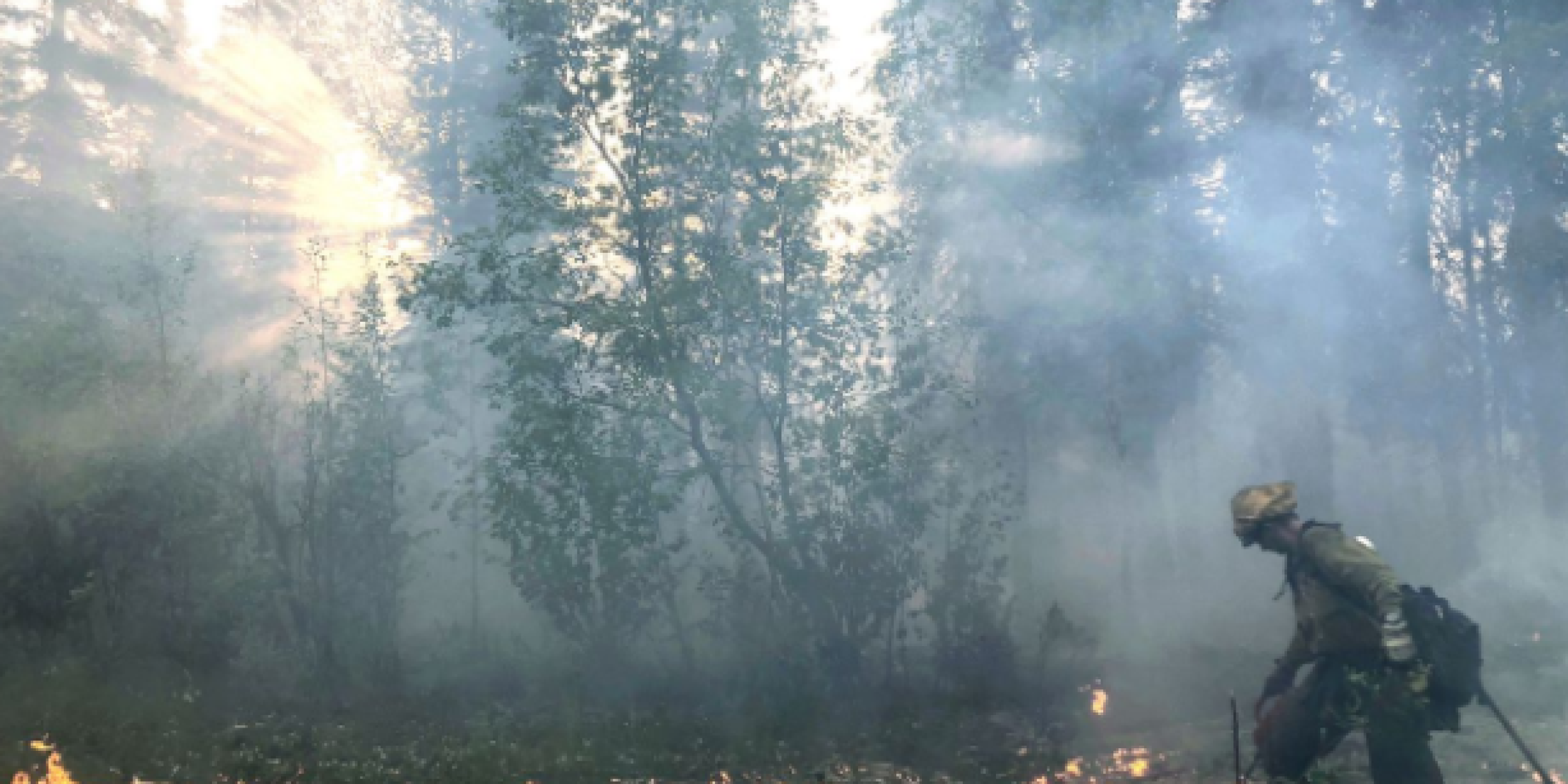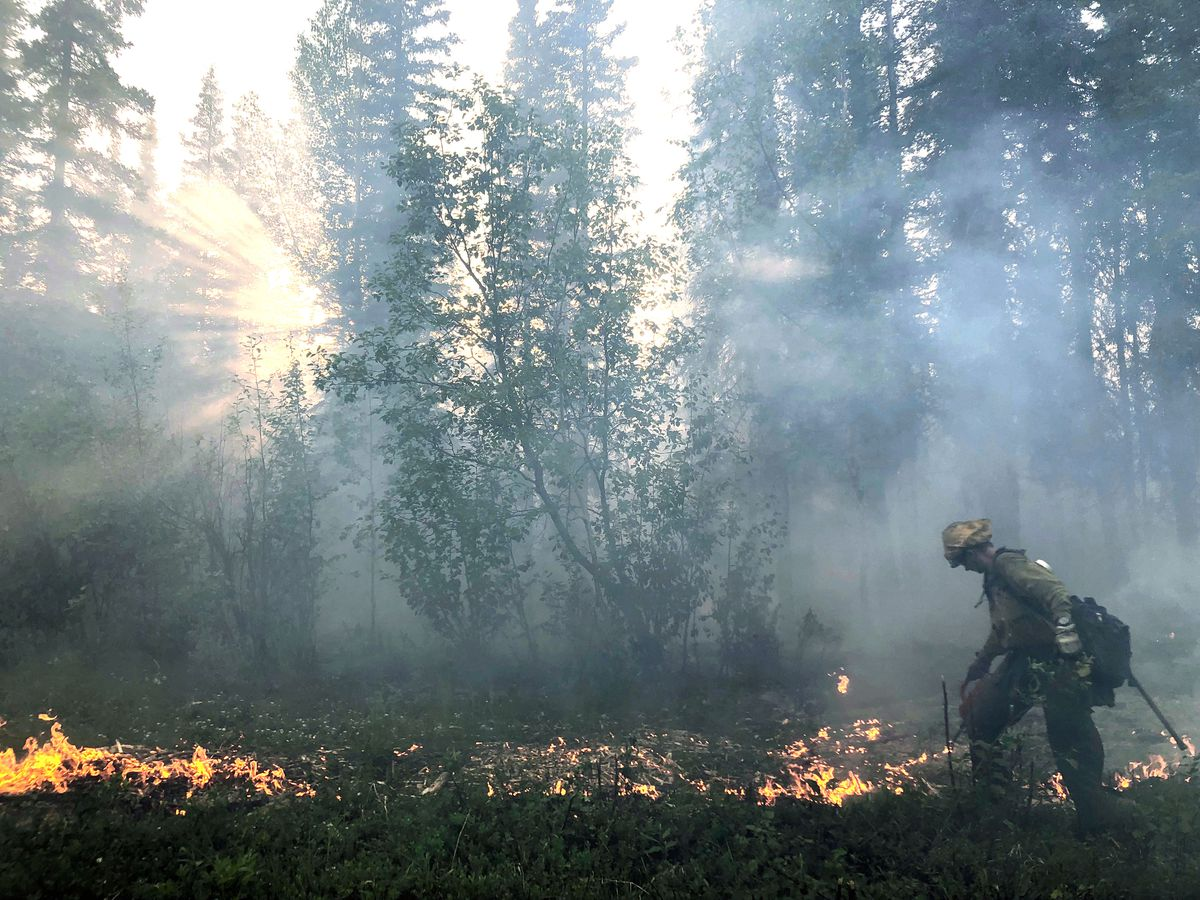 (Swan Lake fire on June 18 2019, photo from Alaska Division of Forestry) In 2019, a prolonged drought and unusual high summer temperature induced an unprecedented fire season in Southcentral Alaska. The average August temperature and precipitation anomalies within the Kenai Peninsula and Susitna Valley were +4.1°C and -126.5 mm respectively. The lightning-ignited Swan Lake Fire started on 5 June 2019 and grew from mid-June through late August. This wildfire resulted in more than $70 million in fire suppression costs, record-breaking degradation of air quality with potential impacts on public health, and economic losses including the disruption of tourism, infrastructure damage and transportation closures. The following questions would arise: Is the 2019 disaster attributed to anthropogenic climate change? Do we expect more fire seasons in the future in Southcentral Alaska like 2019?
(Swan Lake fire on June 18 2019, photo from Alaska Division of Forestry) In 2019, a prolonged drought and unusual high summer temperature induced an unprecedented fire season in Southcentral Alaska. The average August temperature and precipitation anomalies within the Kenai Peninsula and Susitna Valley were +4.1°C and -126.5 mm respectively. The lightning-ignited Swan Lake Fire started on 5 June 2019 and grew from mid-June through late August. This wildfire resulted in more than $70 million in fire suppression costs, record-breaking degradation of air quality with potential impacts on public health, and economic losses including the disruption of tourism, infrastructure damage and transportation closures. The following questions would arise: Is the 2019 disaster attributed to anthropogenic climate change? Do we expect more fire seasons in the future in Southcentral Alaska like 2019? 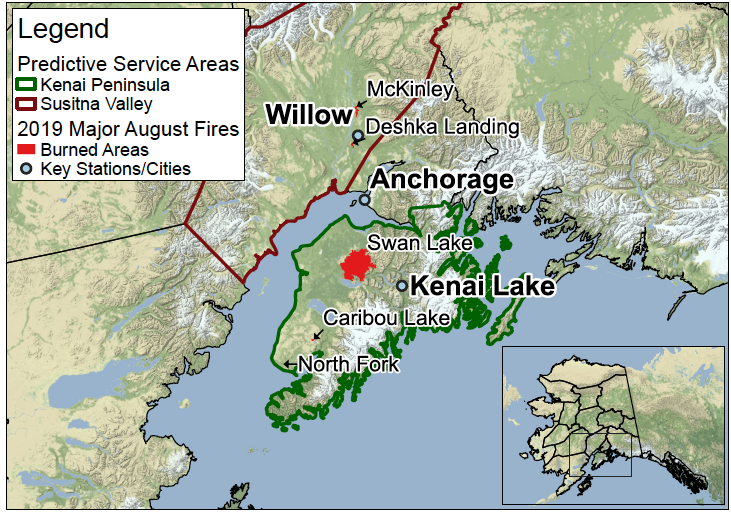

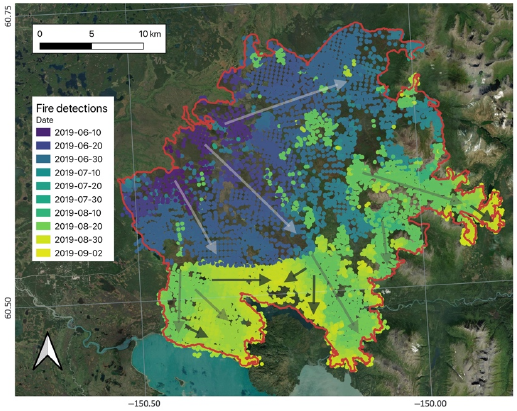

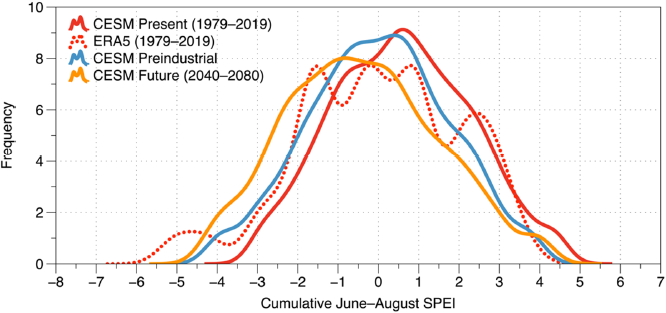





Climate Program Office
Advancing scientific understanding of climate, improving society’s ability to plan and respond






Climate Program Office
Advancing scientific understanding of climate, improving society’s ability to plan and respond
Scroll to Top
